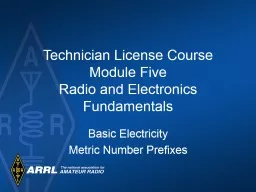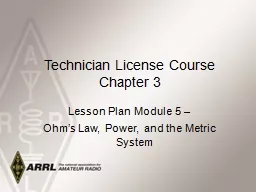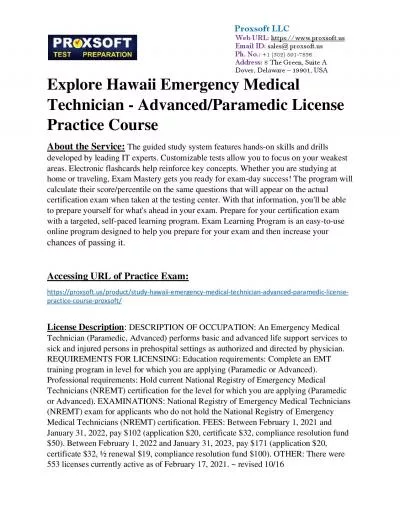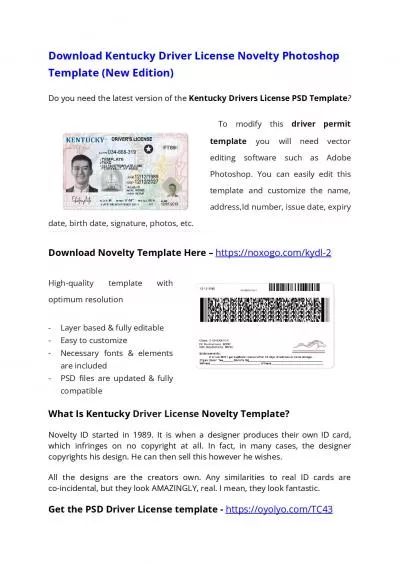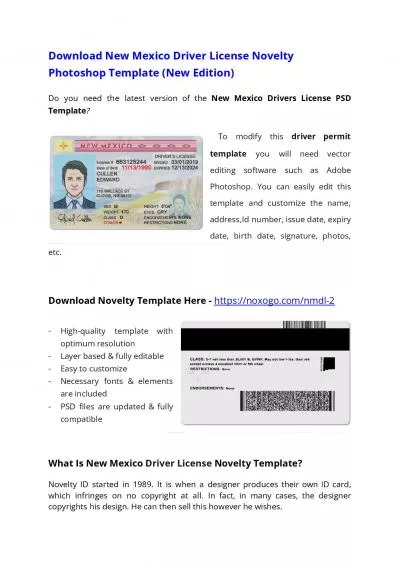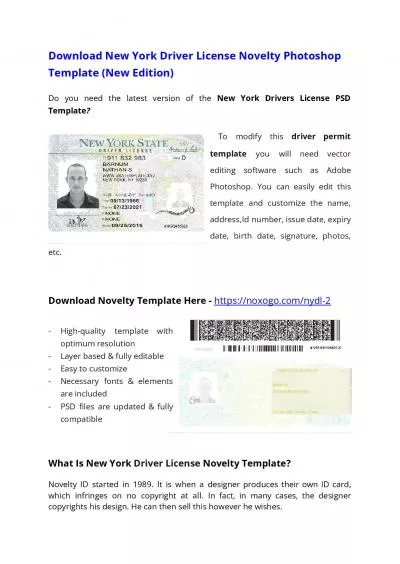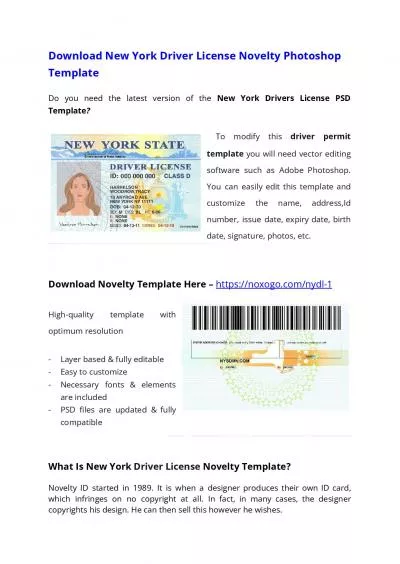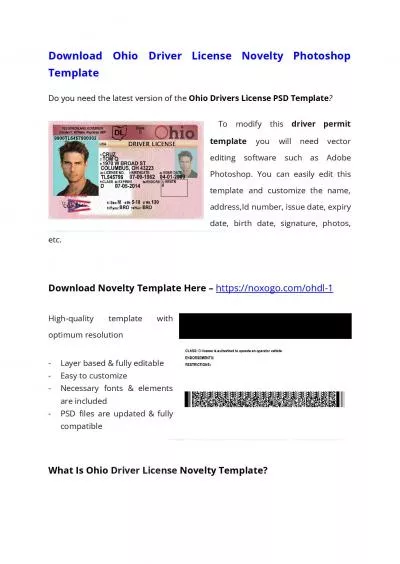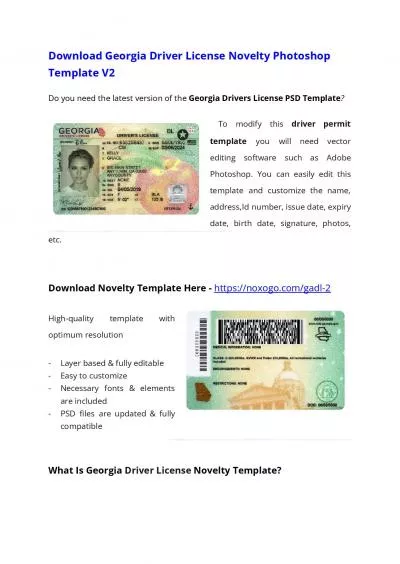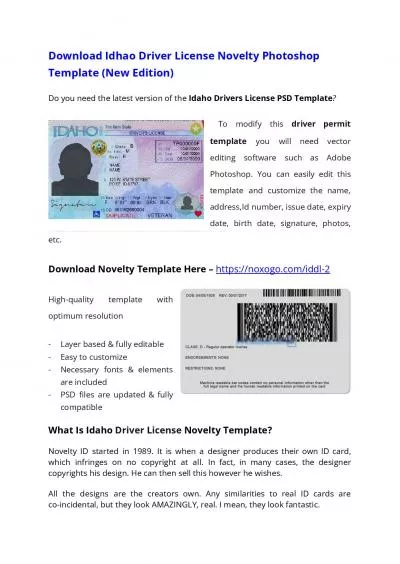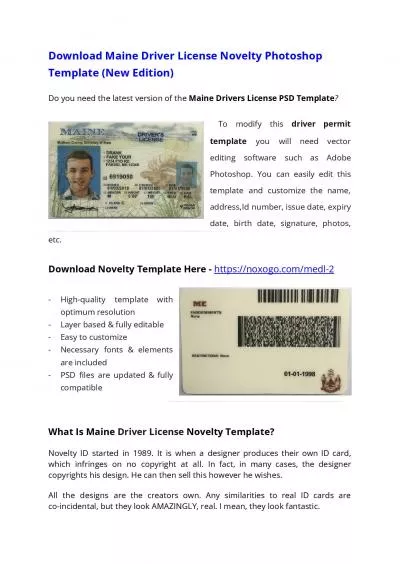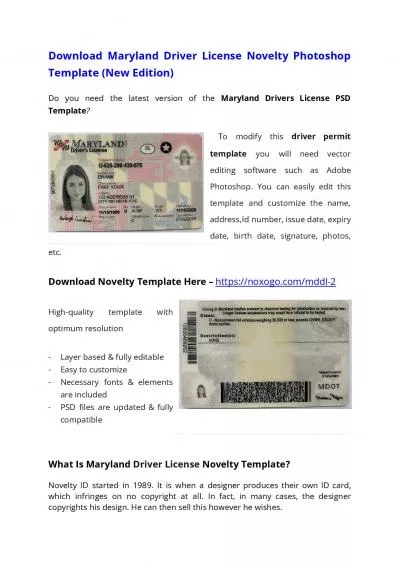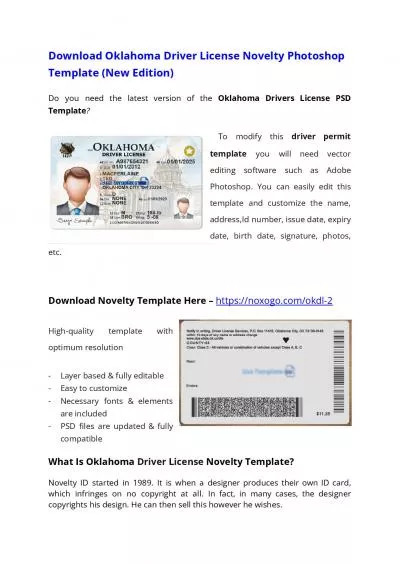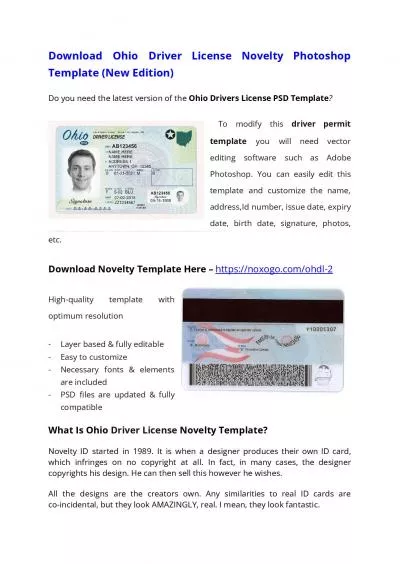PPT-Technician License Course
Author : danika-pritchard | Published Date : 2017-08-14
Module Five Radio and Electronics Fundamentals Basic Electricity Metric Number Prefixes Dealing with Very Big and Very Small Numeric Values In electronics we deal
Presentation Embed Code
Download Presentation
Download Presentation The PPT/PDF document "Technician License Course" is the property of its rightful owner. Permission is granted to download and print the materials on this website for personal, non-commercial use only, and to display it on your personal computer provided you do not modify the materials and that you retain all copyright notices contained in the materials. By downloading content from our website, you accept the terms of this agreement.
Technician License Course: Transcript
Download Rules Of Document
"Technician License Course"The content belongs to its owner. You may download and print it for personal use, without modification, and keep all copyright notices. By downloading, you agree to these terms.
Related Documents

